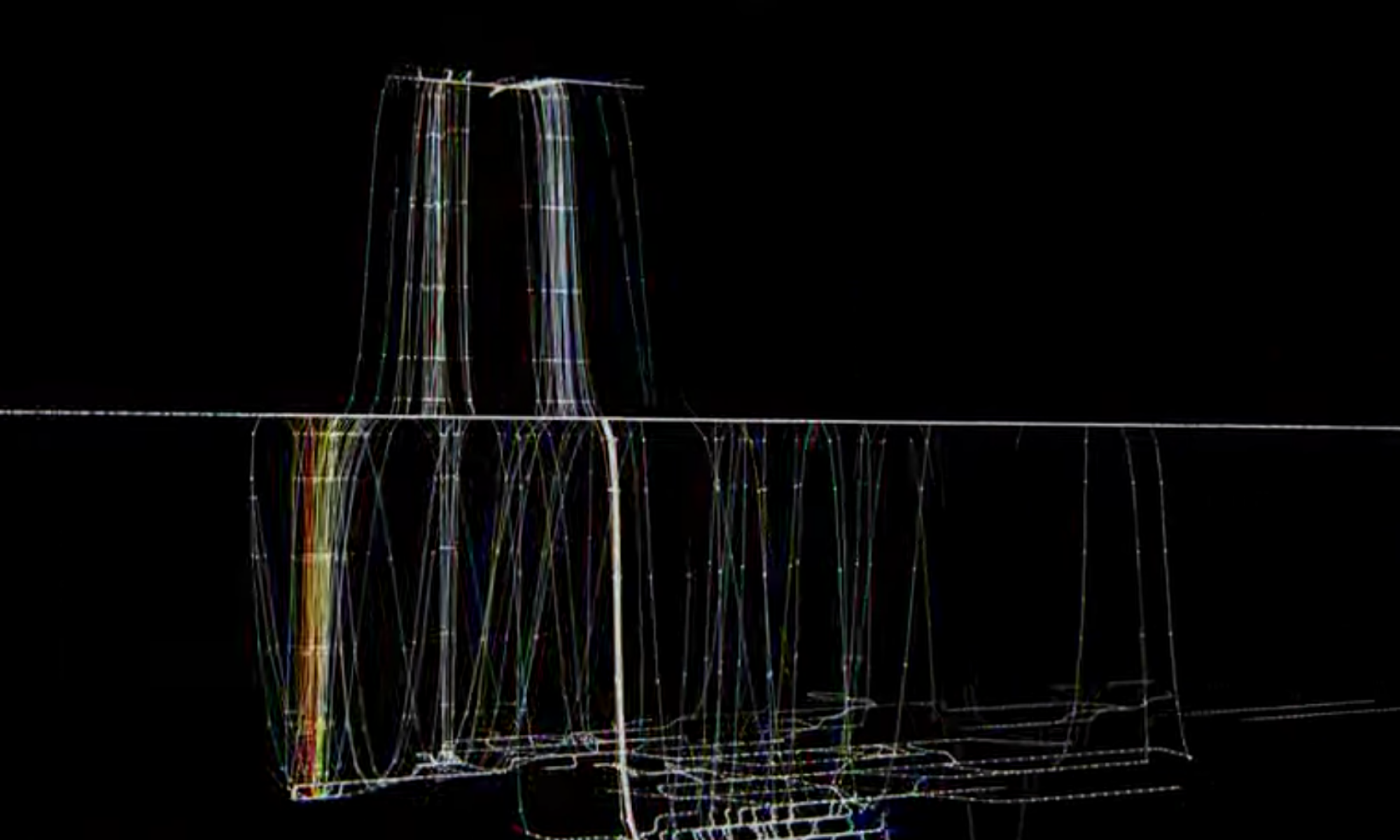Valence on LINE 054 – 2012
The Montreal based sound artist and curator, France Jobin, has been releasing albums for well over a decade. Devoted explorers of the finer sides of noise will have likely come across the name i8u — Jobin’s exclusive nom-de-plume up to this point. i8u has been an effective outlet for Jobin, where she’s shown an aptitude for transforming analog and digital geekery into music with substance.
The press release for Valence — Jobin’s first work to break from the i8u guise — claims the album was created entirely from “transformed field recordings.” While neither Jobin nor the label hint at the source of these recordings, fans of i8u needn’t fear a drastic change from the spectrum-spanning minimalism that’s become her signature sound. In fact, Valence, from start to finish, feels like a further honed version of i8u’s pointillist analog-synth explorations, as opposed to a shifting of paradigms.
While it’s not a drastic change, the music feels more congealed than past efforts; the reticent mids and ear-piercing highs of i8u’s 2010 effort, 29 Palms, for example, tended to float along nicely enough in parallel, but didn’t posses the same give-and-take relationship expressed on Valence. This refined sound likely is linked to Jobin’s transformation of the more digestible low to high-mid frequencies; they flutter, cascade, and always translate a hint of effervescence in the way that heavily time-stretched field recordings do.
While ambient and drone focused music in general dictates a sort of unspoken modesty, Valence, in its scope, is not a humble record. In many ways, it’s reminiscent of a number of epic Eliane Radigue works. But this doesn’t always come easily for Jobin, as the liner notes explain her struggles in always finding the right mental and emotional state in order create her art. Considering she decided to include these thoughts here, I’d imagine Valence was of particular challenge. Perhaps then, this album does represent a sort of shift for Jobin — not overtly in terms of ideology, but in terms of an emotional weight, one that has never carried so transparently into her music.
By Adrian Dziewanski






